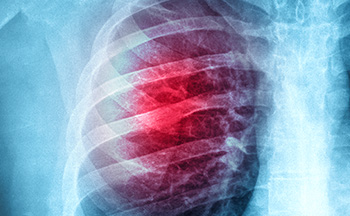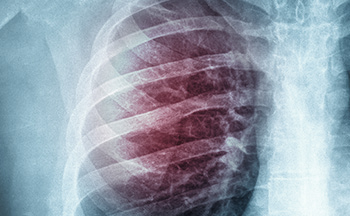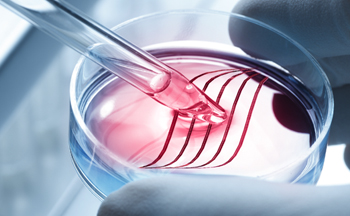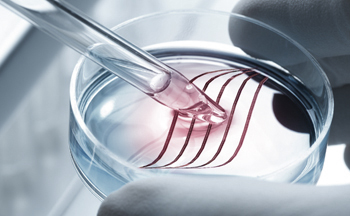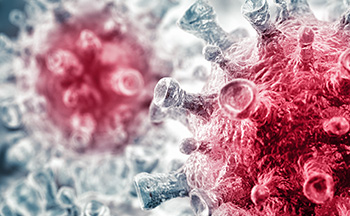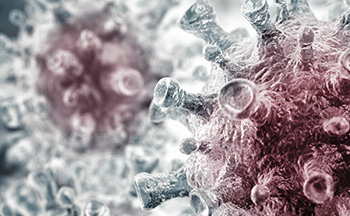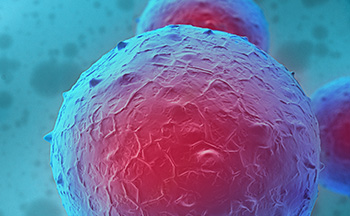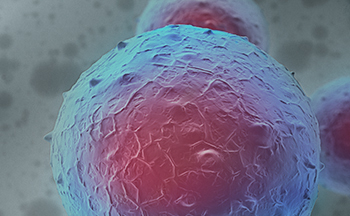- Research Areas
- Workflows
- ProductsQuantitative PCR
Next Generation SequencingFast qPCR & 2-Step RT-qPCR
Fast 1-Step RT-qPCR
Standard qPCR & 2-Step RT-qPCR
Real-Time PCR Genotyping
qPCR & RT-qPCR Extraction Controls
cDNA Synthesis
DNA Library Preparation
DNA Library Quantification
Purification & Size Selection
End-Point PCR
Standard PCR
Robust PCR
High-Fidelity PCR
Fast PCR
Long PCR
RT-PCR
Direct PCR
Reverse Transcription
Molecular Biology Reagents
Electrophoresis
Cloning
Sample PreparationFirst Generation Polymerases & Mixes
- Resources
- Support
- Contact
To view our range of antigens and antibodies for immunoassay development please visit our partner site meridianlifescience.com





